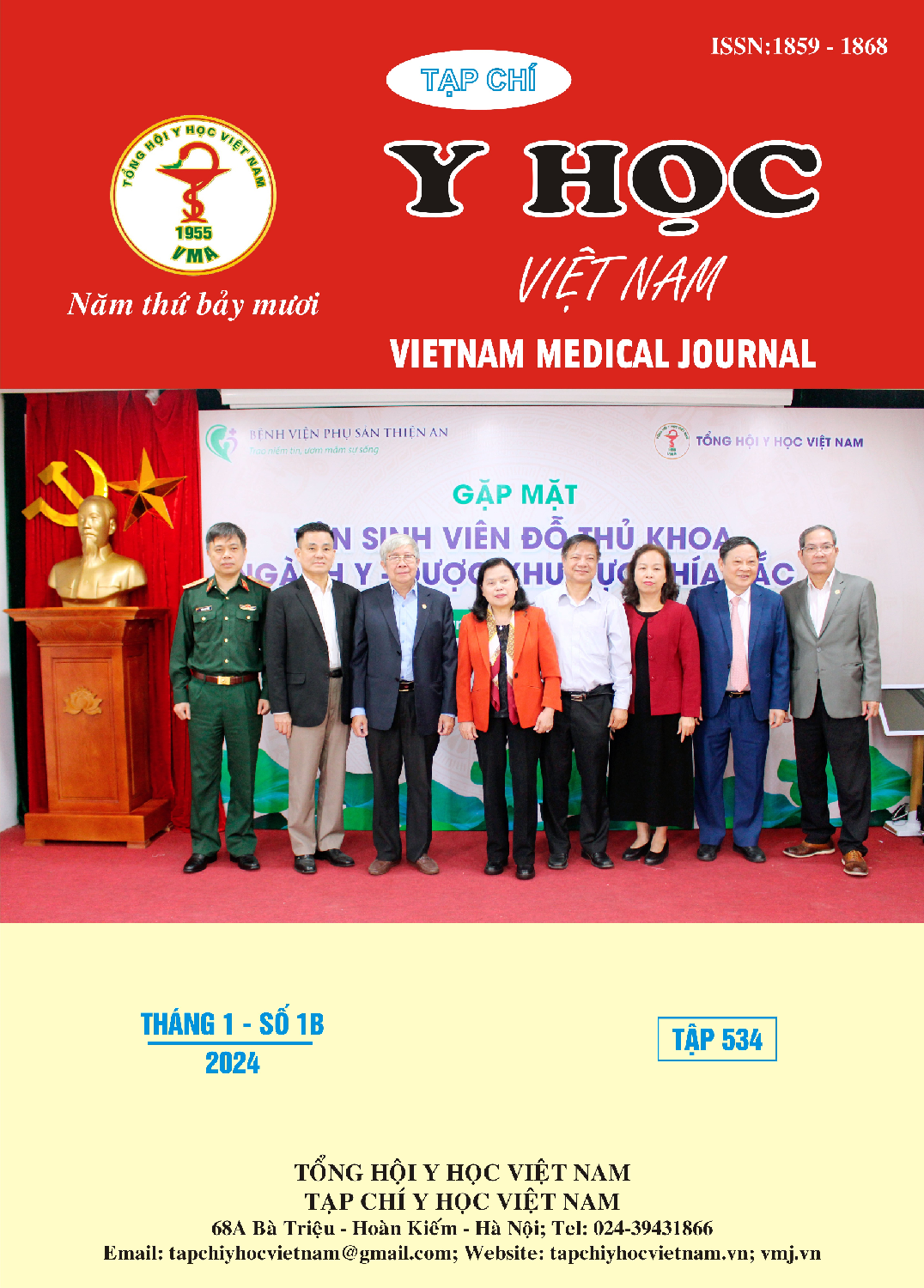THE EFFECT OF COMORBIDITY BURDEN ON CLINICAL OUTCOME IN PATIENTS WITH ACUTE PULMONARY EMBOLISM IN UNIVERSITY OF MEDICINE AND PHARMACY HO CHI MINH CITY
Main Article Content
Abstract
Objective: To investigate the burden of comorbid conditions assessed by the Charlson Comorbidity Index (CCI) on adverse clinical outcomes in patients with pulmonary embolism including bleeding, hospital-acquired pneumonia, mortality during hospitalization. Subjects and Methods: We retrospectively analyzed inpatients with pulmonary embolism from January 2019 to September 2022. Result: We enrolled 177 patients. Multivariate analysis revealed that elevated troponin levels (P=0.019), Pulmonary Embolism Severity Index (PESI) score (P=0.000), initial anticoagulant type (P=0.036), and CCI (P=0.043) were correlated with poor clinical outcomes. Using ROC curve and Youden J index, we identified an appropriate cutoff threshold for CCI at 1 point, with a sensitivity of 91.1% and specificity of 35.5%. The area under the curve was 0.655 (P<0.001). There were 84 patients (47.5%) in the CCI ≤ 1 group and 93 patients (52.5%) in the CCI > 1 group. The rate of adverse outcomes in the CCI ≤ 1 group was 20.2%, while in the CCI > 1 group, it was 41.9% (P=0.002). Conclusion: The study demonstrated that a CCI threshold > 1 is associated with an increased risk of adverse outcomes, including hospital-acquired pneumonia, bleeding, and mortality in hospital.
Article Details
References
2. Konstantinides SV, Meyer G, Becattini C, Bueno H, Geersing G-J, Harjola V-P, et al. 2019 ESC Guidelines for the diagnosis and management of acute pulmonary embolism developed in collaboration with the European Respiratory Society (ERS): The Task Force for the diagnosis and management of acute pulmonary embolism of the European Society of Cardiology (ESC). European Heart Journal. 2019;41(4):543-603.
3. Charlson ME, Pompei P, Ales KL, MacKenzie CR. A new method of classifying prognostic comorbidity in longitudinal studies: development and validation. Journal of chronic diseases. 1987;40(5):373-83.
4. Shao W, Zhang Z, Zhang J, Feng H, Liang C, Liu D. Charlson comorbidity index as a predictor of short-term outcomes after pulmonary resection. Journal of thoracic disease. 2020;12(11):6670-9.
5. Ng AC, Chow V, Yong AS, Chung T, Kritharides L. Prognostic impact of the Charlson comorbidity index on mortality following acute pulmonary embolism. Respiration; international review of thoracic diseases. 2013;85(5):408-16.
6. De Miguel-Diez J, Albaladejo-Vicente R, et al. Changing Trends in Hospital Admissions for Pulmonary Embolism in Spain from 2001 to 2018. Journal of clinical medicine. 2020;9(10).
7. Aujesky D, Obrosky DS, Stone RA, Auble TE, et al. Derivation and validation of a prognostic model for pulmonary embolism. American journal of respiratory and critical care medicine. 2005;172(8):1041-6.


